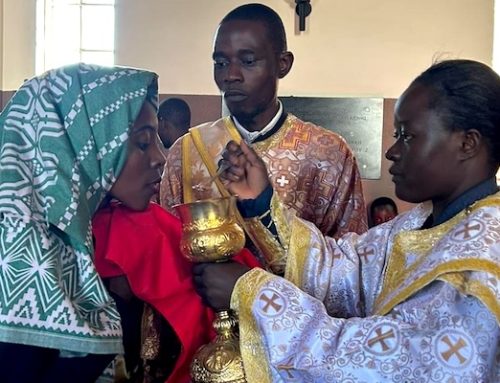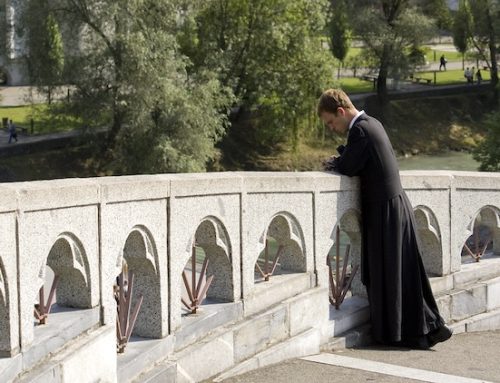That’s the headline for this essay from Bill Ditewig, in the new edition of America.
First, we must immediately retire the use of adjectives to describe a deacon as either a “permanent” deacon or a “transitional” deacon. For decades now, scholars and bishops have pointed out that there is only one Order of Deacons, just as there is only one Order of Presbyters and one Order of Bishops. All ordinations are permanent, so calling a deacon a “permanent” one is redundant, and calling a seminarian-deacon a “transitional” deacon is sacramentally wrong. All deacons are permanent. We do not refer to a presbyter who is later ordained a bishop as a “transitional” priest!
The U.S.C.C.B. recognized this years ago and renamed the secretariat responsible for the diaconate. It had been known as the Secretariat for the Permanent Diaconate, and the actual Committee of Bishops responsible was known as the Committee on the Permanent Diaconate. In the mid-1990s, the word “permanent” was removed from both the committee’s name and its supporting secretariat. Although this realization was made decades ago, we still encounter references to men being ordained into the permanent diaconate or into the transitional diaconate, as if there were two separate orders of deacons.
Why is this such a big deal? Because words matter. To think of the diaconate as a temporary stop on the road to somewhere else minimizes the sacramental significance of where one is already. How many deacon-seminarians have heard comments on the day of their diaconal ordination, “Well, you’re almost there, aren’t you?” And how many so-called permanent deacons have heard, “O.K., so when is your real ordination?” meaning, “When will you be ordained to the presbyterate?” One newly-ordained deacon recalls a family member commenting after his ordination that the ceremony “was almost like a real ordination”!
A deacon is a deacon is a deacon. Maintaining an apprentice model in the seminary dilutes and distorts all of this.
Second, the apprentice model perpetuates a distorted image of the diaconate. The diaconate, as experienced by a seminarian, is largely liturgical, school-based and, if the seminarian is lucky, parish-based. This makes sense if the diaconate is seen as a kind of “on-the-job training” for the presbyterate. But it does not reflect the realities, challenges and lifelong commitment to the diaconate that is faced by other deacons not aspiring or preparing for the priesthood. Deacons are formed under standards issued by the Holy See in 1998 and, here in the United States, by two successive editions of the National Directory for the Formation, Ministry, and Life of Permanent Deacons in the United States.
He concludes by noting it may well be time to ree-envision the diaconate:
If the diaconate is ever going to mature and come of age, capturing the Catholic imagination as a “full and equal order,” we must eliminate the vestiges of the cursus honorum and leave our apprenticeship behind.






